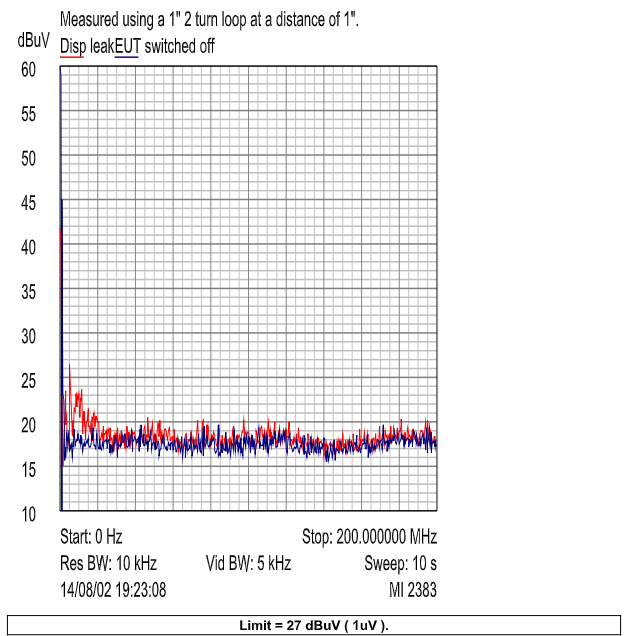Why Select Cast ADC RFI Windows Over Other Designs?
- jdeccleshall

- Apr 2, 2019
- 2 min read
Updated: Jun 29, 2022
The following emissions curves were produced by a customer when testing their
finished equipment. Slater Plastics were consulted after the customer had purchased windows from a competitor and 2000 of these had failed the testing.We designed a new window which passed their testing and outperformed the competitors product.
________________________________________________________________
The first image has 5 plots and these relate to a competitors RFI window that
our customer was having problems with.
The blue trace is background radiation with equipment turned off
The black and Pink trace were emissions when the display was covered by the
shielding mesh only, these were not assembled into a window
The green and orange trace were emissions when using the competitors
window. These were laminated polycarbonate with silver bus bar.
________________________________________________________________
The second image has 2 plots and these relate to a Slater Plastics cast window.
The blue trace is background radiation with equipment turned off
The red trace is the emissions when the display is covered with a Slater Plastics
cast RFI window with silver bus bar.
________________________________________________________________
These traces are all produced with one piece of equipment in a test chamber. This shows that there is a fundamental difference between laminated windows and cast windows that have bus bar terminations. We found that the contact of the mesh to bus bar in a lamination was poor, due to the flexible nature of the bonding layers. This allows the mesh to move and can create a crack problem with the bus bar. It is also interesting to note that the performance of the mesh only is not as good as when it is cast into a Slater Plastics cast RFI window and terminated with a silver bus bar. This is due to the fact that the mesh in a cast window is held absolutely rigid and the contact to the bus bar is at the highest level possible.
The blackening on the mesh is not very conducive and so at low frequencies the impedance
between the mesh and chassis with flying mesh becomes higher, this can be seen in the plots.However, with the cast window and bus bar solution, this high impedance is removed and the conductivity of the blackening is irrelevant.
The best performance is achieved with a cast window with a silver bus bar







Comments